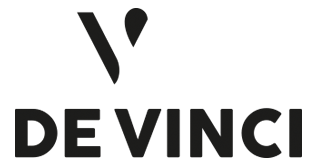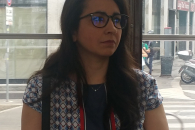@article{hakiri_3112,
title = {Special Issue on Digital Twin for Future Networks and Emerging IoT Applications},
author = {Akram Hakiri and Sadok Ben Yahia and Aniruddha GOKHALE and Nédra Mellouli},
url = {https://www.sciencedirect.com/special-issue/10FFXQK3NWS},
year = {2024},
date = {2024-12-01},
journal = {Future Generation Computer Systems-The International Journal Of Escience},
volume = {161},
pages = {81-84},
abstract = {The rapid evolution of digital technologies has given rise to the concept of Digital Twin, a dynamic, virtual representation of physical systems, processes, and environments. This special issue delves into the transformative potential of Digital Twins in the realm of future networks and emerging Internet of Things (IoT) applications. By integrating advanced simulation, real-time data analytics, and machine learning, Digital Twins offer unprecedented opportunities for optimizing network performance, enhancing predictive maintenance, and enabling smarter IoT solutions.
The articles in this issue explore a variety of topics, including the development and implementation of Digital Twins for next-generation communication networks, the role of artificial intelligence in enhancing the fidelity and utility of Digital Twins, and the application of these technologies in diverse IoT domains such as smart cities, healthcare, industrial automation, and environmental monitoring. Emphasis is placed on innovative methodologies, case studies, and experimental results that highlight the practical benefits and challenges associated with deploying Digital Twins in real-world scenarios.
Through this special issue, we aim to provide a comprehensive overview of the current state of research and development in Digital Twins, underscore the technological advancements driving their adoption, and discuss future directions and open research questions. This collection of works serves as a valuable resource for researchers, practitioners, and policymakers interested in harnessing the power of Digital Twins to revolutionize network infrastructures and IoT ecosystems.},
note = {Numéro spécial dans le journal Future Generation Computer Systems},
keywords = {},
pubstate = {published},
tppubtype = {article}
}




















































